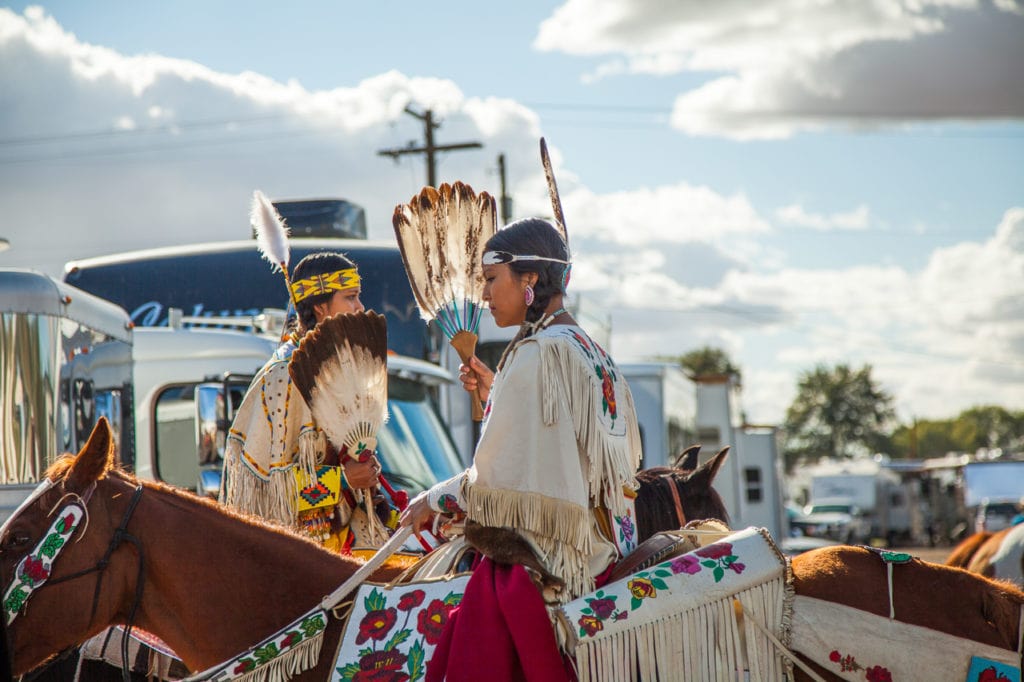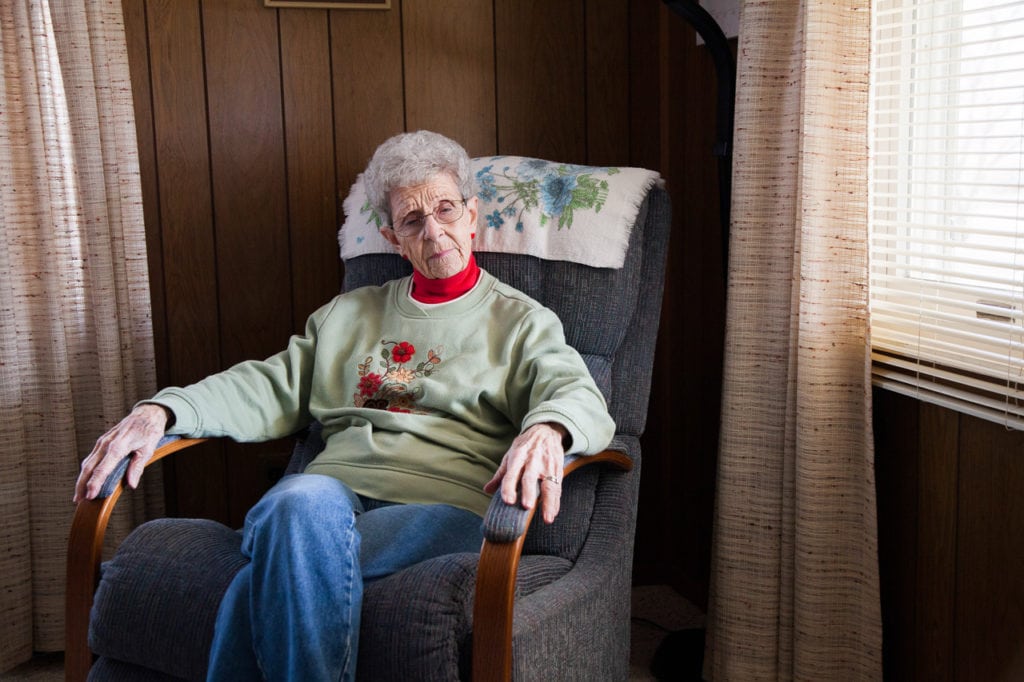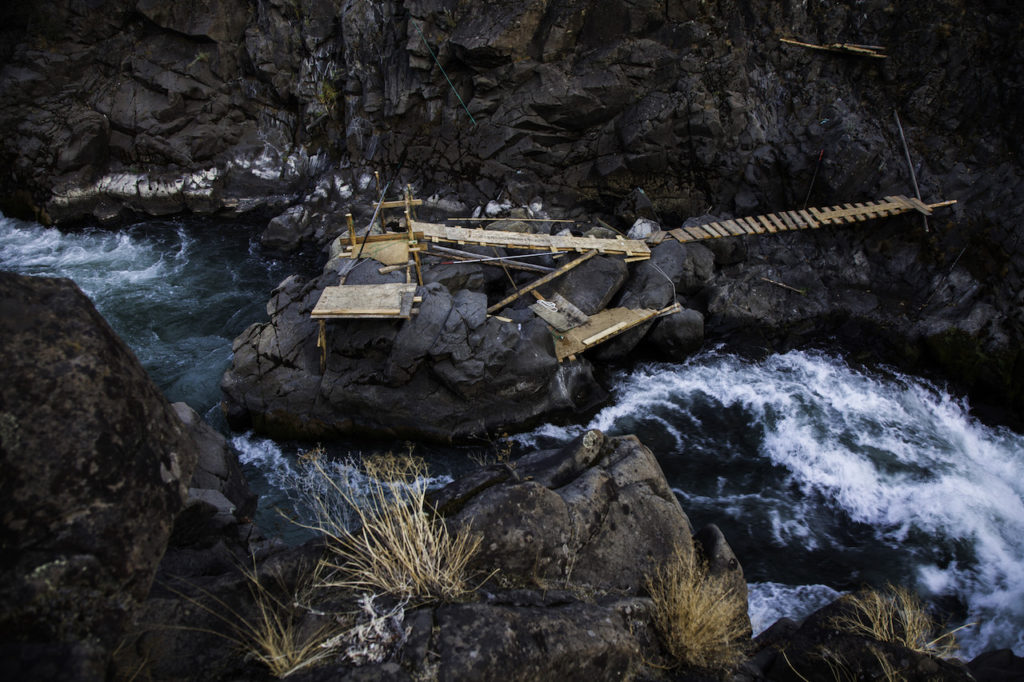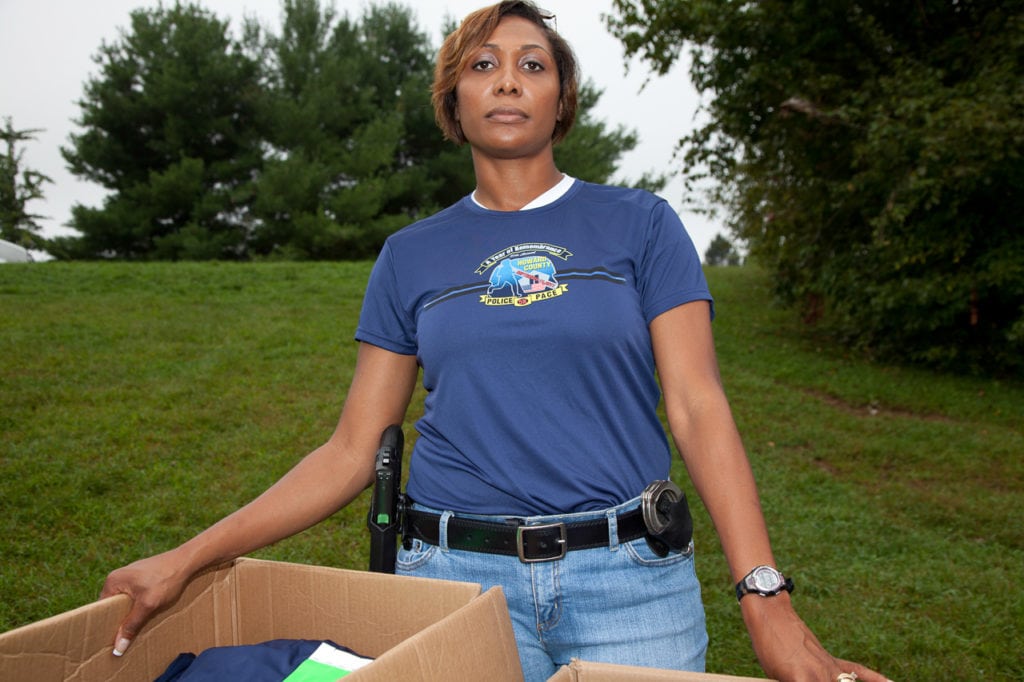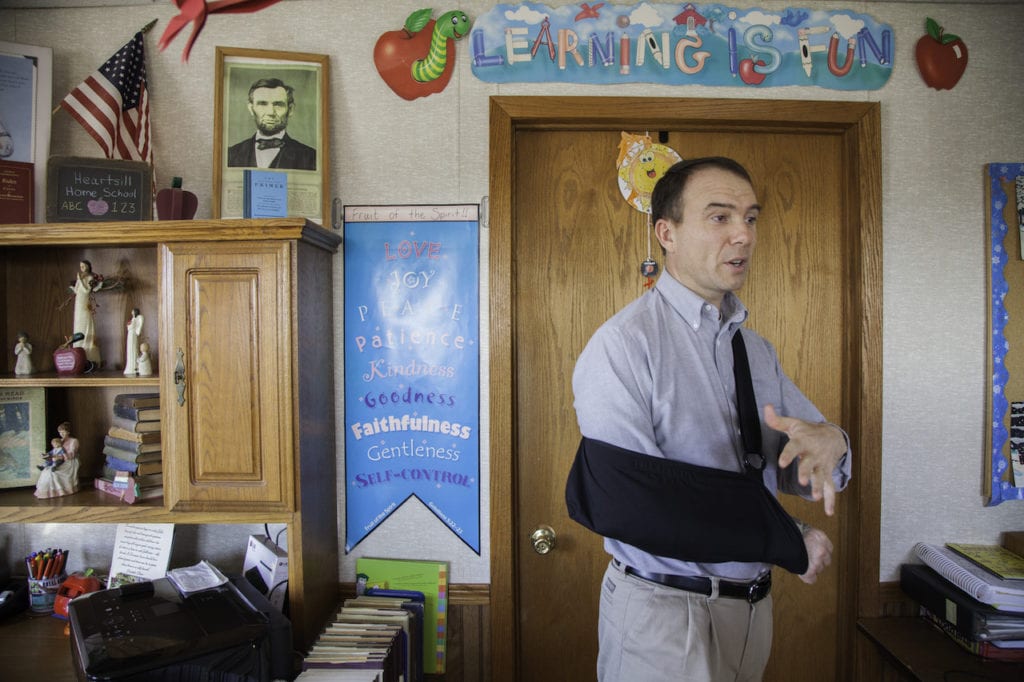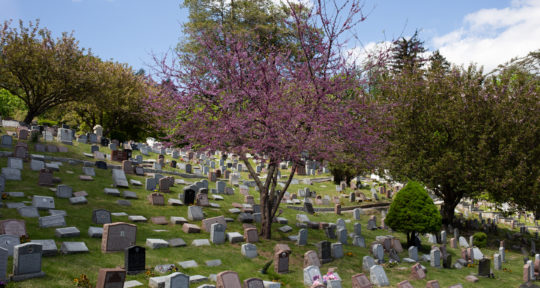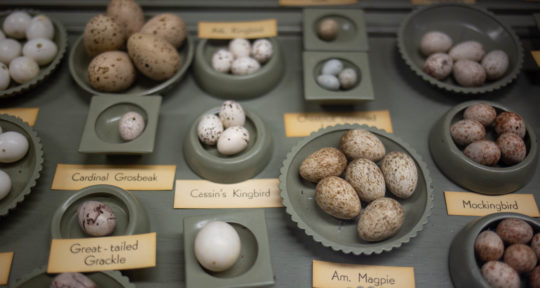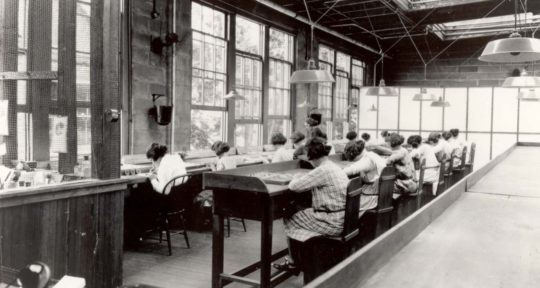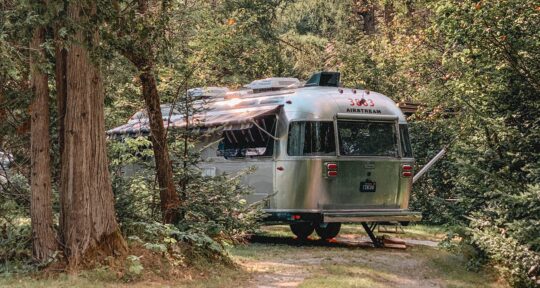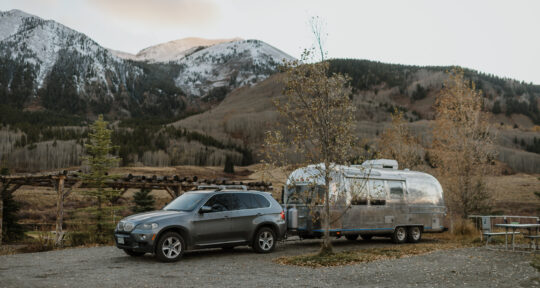For four years, photographer Francis Smith traveled across the U.S. documenting cities, towns, townships, counties, boroughs, streets, and rivers with one thing in common: They are all named Columbia. His project—America By Another Name—is one part book, one part photo exhibit, and one part performance.
“Within this work, as in the United States, nudists coexist with the Daughters of the American Revolution, and a freckle-faced white kid in a coonskin cap relates to a Native American youth in war paint,” Smith says about his project. “These photos show one nation of people who observe various creeds and occupy disparate social classes.”
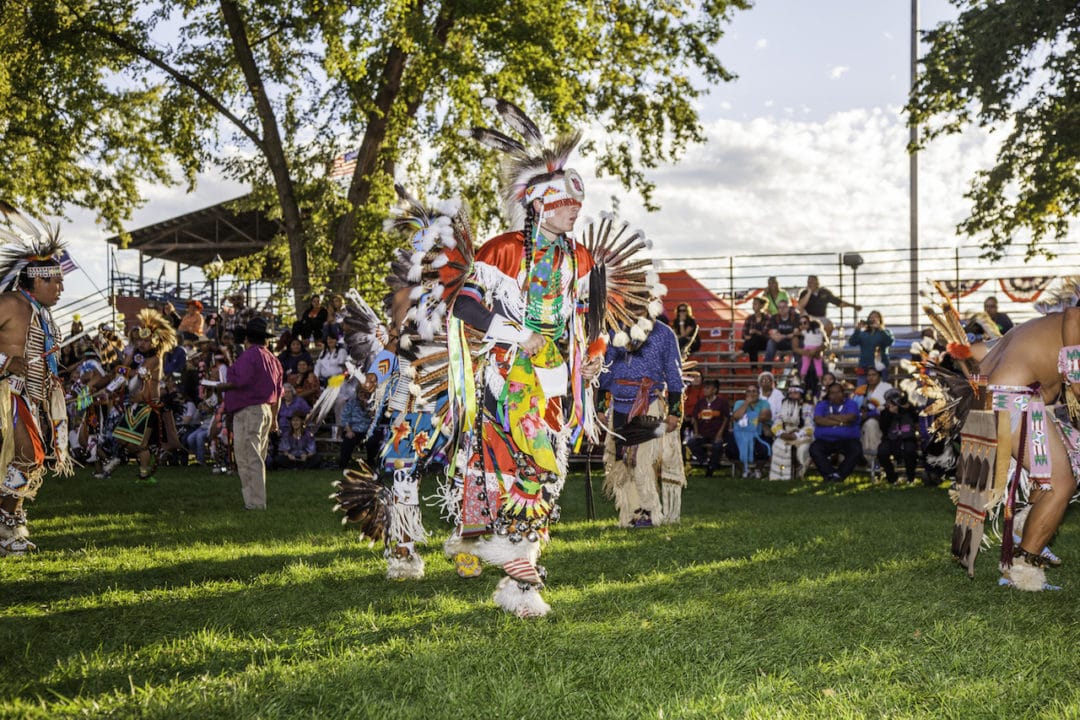
Why Columbia?
Before there was Uncle Sam, there was Lady Columbia, the image that represented the United States for generations. Having studied the history of the name before setting off on his journey, Smith calls Columbia “the perfect lens through which to investigate American life and American culture today.”
By 1738, Columbia had become a poetic synonym for freedom, and “Hail Columbia” remained the unofficial national anthem until 1931.
“Columbia is America, but on a more spiritual level.”
For Smith, who was in search of a wide-ranging portrait of American life, Columbia was a way to make sense of the nation’s 3.79 million square miles because it allowed him to say, “I’m going to go here, I’m not going to go there.” His vision was to photograph “American life as broadly and inclusively as possible,” including as many ages, socio-economic, and ethnic groups as he could find.
The project is very different from his day job. As a story producer at International Artist Publishing, Inc., Smith photographs the art collections of some of the country’s wealthiest families for American Art Collector, American Fine Art, and Western Art Collector magazines. During his four-year photographic journey, Smith was also able to shoot for his magazine job.
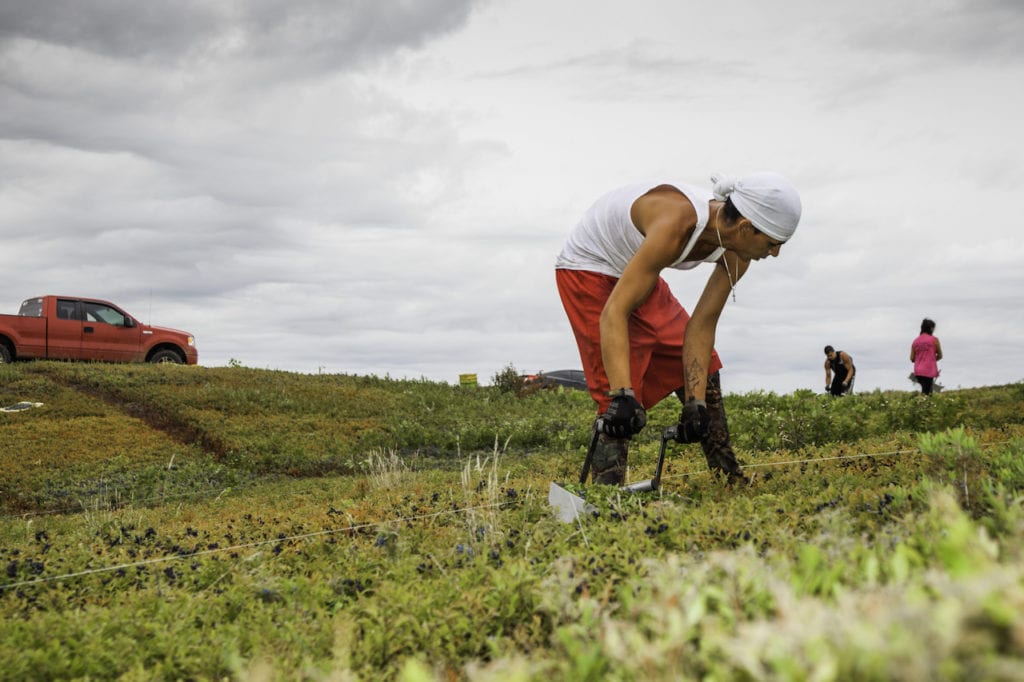
But the name “Columbia” wasn’t just business for Smith—it was personal, too: His ancestors were some of the first settlers of Columbia, Tennessee and Columbia County, New York. They also helped found Lebanon, Connecticut—part of which eventually became Columbia, Connecticut. Serendipitously, one of his great-grandfathers briefly held the position of football coach at Columbia University in New York City in the 1920s.
A camera and a cargo van
In 2014, Smith purchased a $16,000 Ram cargo van—“basically a minivan”—and then asked himself a question: “What could go wrong, and how should I deal with that?”
He spent six months and $1,600 answering that question, setting up his van to deal with any potential risks, plus another $1,000 for a good sound system. Smith installed metal cabinets to lock away camera equipment, and security bars and screens so he could sleep with the windows open. He also rigged a way to open the back hatch from the inside in case of an emergency.
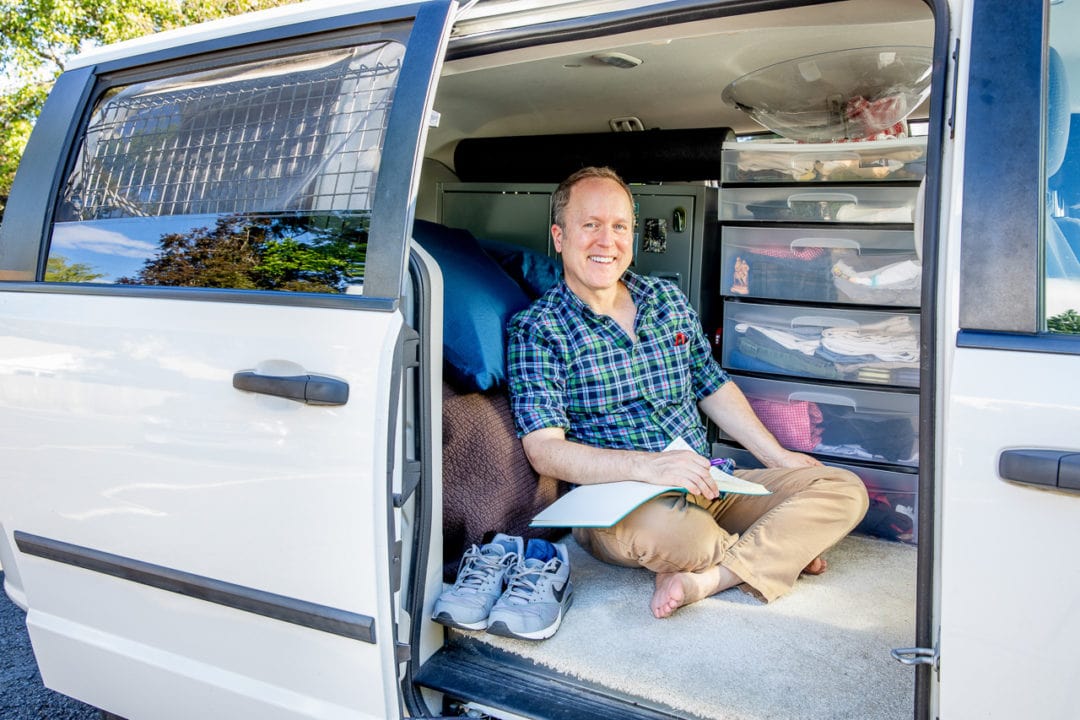
For a bed, Smith purchased two kid-sized mattresses that he could flip up against the side of the van in the morning to create extra space. He stored his breakfast food in a Coleman cooler that he charged through the car’s lighter while driving. “Since the purpose was to go out and see people,” he says he ate out for most lunches and every dinner.
Before leaving, Smith raised $14,000 through a fiscal sponsorship with Fractured Atlas, which lent him its non-profit status and helped him fundraise.
“I always had wanderlust,” Smith says. As a teenager, his love for the road sent him traveling for months by car and train through the U.S. and Europe.
In March, 2015, he left his home in Columbia Heights, located in his adopted city, the District of Columbia (better known as Washington, D.C.). His journey would take him to 44 states and 54 Columbias. When he set out, he really had no idea what he was going to find.
Disappearing Columbias
Despite their rich histories, Smith says many of our nation’s Columbias are turning into non-towns. Many, founded near rivers, played key roles in the early years of American expansion. But their vitality has waned; some of the old mining towns called Columbia don’t even exist anymore. Columbia is “disappearing,” Smith says.
Photo: Francis Smith Photo: Francis Smith Photo: Francis Smith Photo: Francis Smith Photo: Francis Smith
Of Columbia on the Susquehanna River in Pennsylvania, he says, “It’s unfortunate to see that town deteriorating. Because it’s got some really beautiful old architecture and it’s a lovely place.” In Columbia Falls, Maine, near the Bay of Fundy, Smith photographed the Passamaquoddy Tribe during the blueberry harvest. He visited one of Michigan’s three different Columbia Townships—the one in Jackson County, home to the Michigan International Speedway. He stayed for four days despite feeling out of his element—an academic among NASCAR enthusiasts.
“I was immersed for the first time during the project in a corner of American life I barely knew, and was pushing my skills [as a photographer],” he says. “My goal was to avoid the condescension that too many photographers with backgrounds like mine bring to such a situation.”
Smith visited streets, too, including Columbia Street in Fall River, Massachusetts, home to a large population of Portuguese immigrants. And he spent three months on the 1,243-mile long Columbia River, between Washington State and Oregon, photographing the Yakama Nation and the Klickitat tribe.
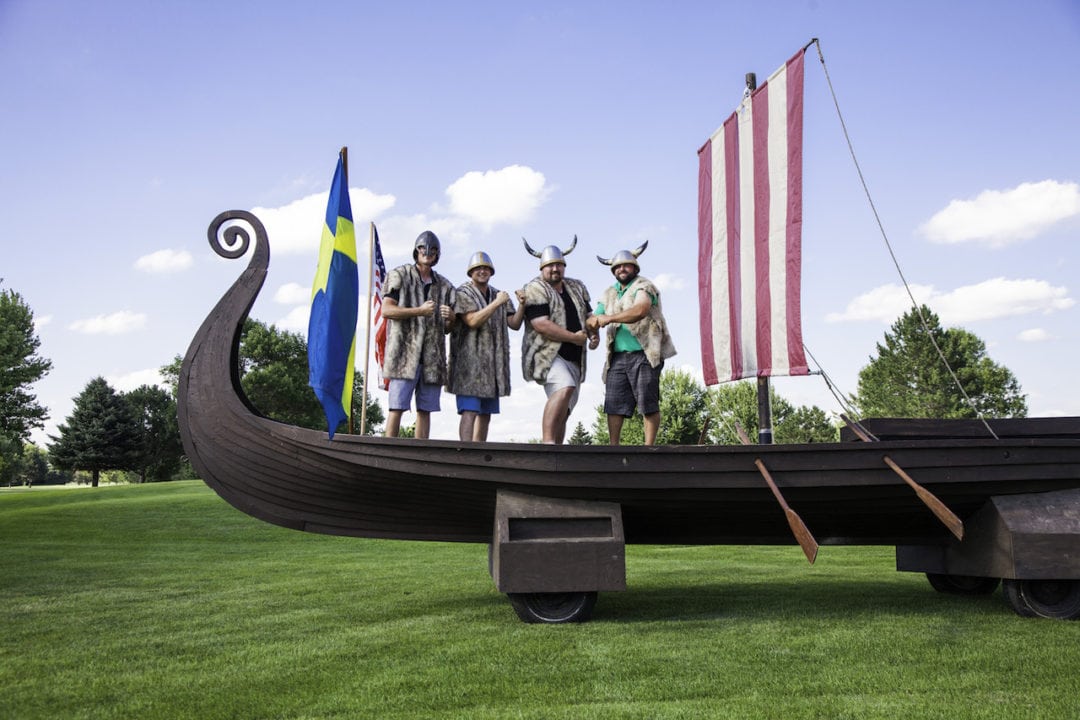
In Columbia Township, Nebraska—population 89—Smith says he was driving through cornfields when he stumbled upon a golf course where a tournament had just ended. Smith grabbed his cameras when he saw the winners celebrating by dressing up as vikings and driving around the course in a parade float designed as a viking ship. “It was just so much fun, these good ol’ boys from Nebraska; all men, all white. Again, I was totally out of my element and just having fun.”
He says he’s seen “the challenges of American life and the extremes”—from Columbia, Maryland, Money Magazine’s pick for Best Small City, to Columbia, Iowa, “a farm community that is dying.”
But ultimately, Smith discovered that Columbia, while a symbol of America, is also an emotion that cannot be easily understood. “Columbia is America, but on a more spiritual level,” he says.
Through his four-year experience, Smith came to realize that his own project works as a metaphor for the can-do American spirit that has been present in the U.S. since its founding. “Creating something new is what we hope America and Columbia are all about,” he says.
Smith plans to publish his project in late 2020. As for its final unveiling, Smith says: “I can’t wait to be on small stages all around the country, telling stories of my time on the road, American life and history, and singing the Columbia anthem that at one time all Americans knew.”
